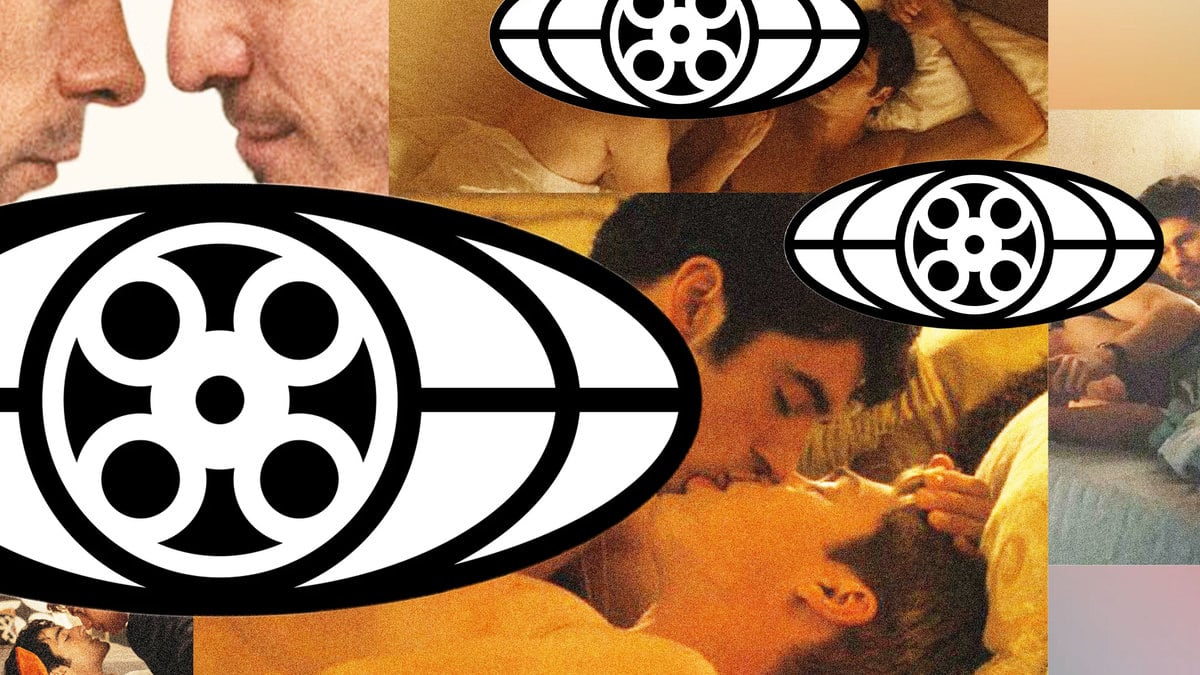Rating Movies NC-17 or R Because of Gay Sex Is Homophobic
LET’S TALK ABOUT SEX
The MPAA gave “Red, White & Royal Blue” and “Passages” explicit ratings for sex scenes that were tamer than those in “heterosexual” movies that were given a pass. What gives?

Trending Now





